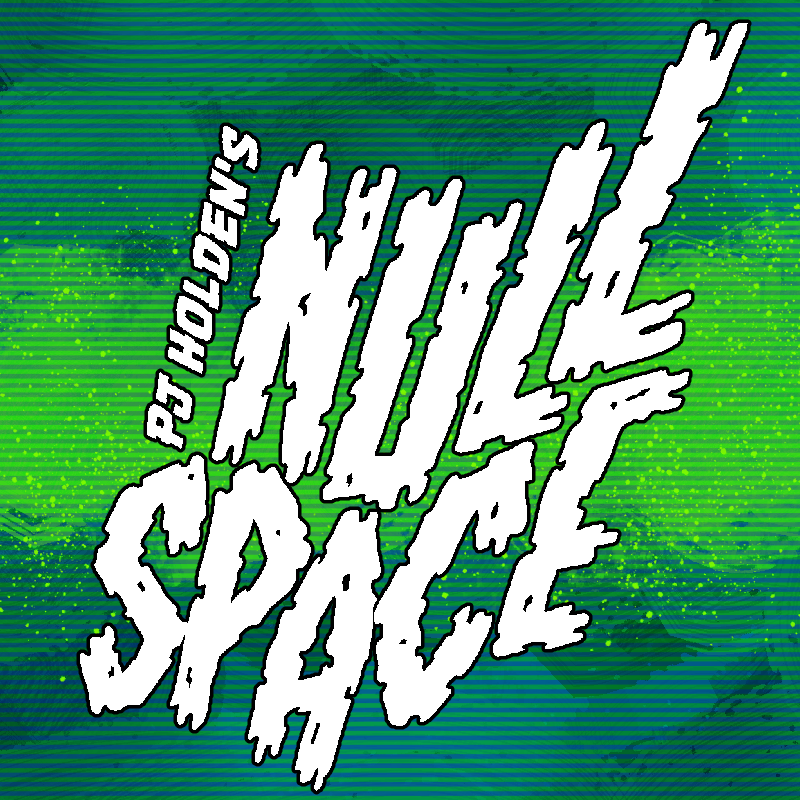Single page genre comic strips written by some of the best sci fi authors on the planet, drawn by PJ Holden
Null Space

Notes from the drawing board

Single page genre comic strips written by some of the best sci fi authors on the planet, drawn by PJ Holden